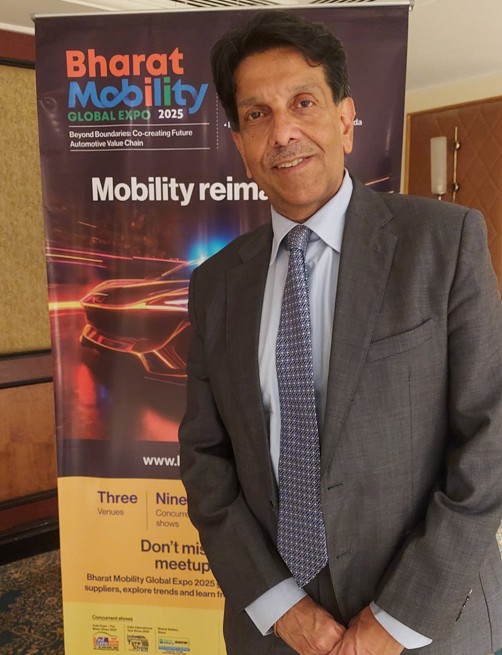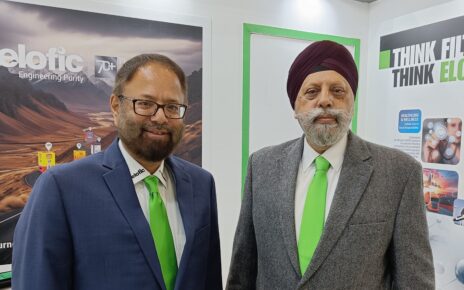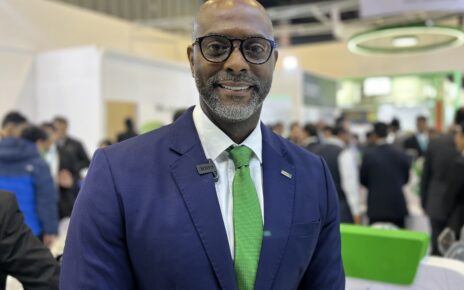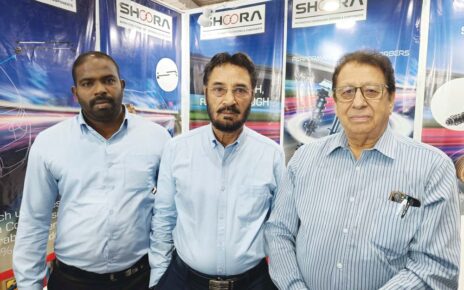
In an exclusive interview with MOTORINDIA, Pankaj Chadha, Chairman, EEPC India, shares exciting insights about the second edition of the Bharat Mobility Global Expo, scheduled from January 17-22, 2025. Building on the success of its inaugural event, the Expo is expected to attract over 500,000 visitors and feature a diverse range of mobility solutions, from auto and components to construction equipment and bicycles.
What inspired the integration of diverse mobility sectors under one platform at Bharat Mobility Global Expo 2025, and what advantages does this unified approach bring?
Mobility connects everything, from construction equipment to cycles. By bringing all mobility-related sectors under one platform, including the Urban Mobility and Infrastructure Show, Battery Show, Construction Equipment Expo, Steel Pavilion, Tyre Show, and Cycle Show, we offer a comprehensive view of India’s advancements in mobility. This unified approach not only enhances visibility and publicity but also encourages cross-industry exploration. Visitors attending the Auto Show, for instance, can discover innovations in bicycles, batteries, tractors, and construction equipment, creating a synergistic boost in footfall and opportunities for exhibitors. Operating collectively delivers far greater impact than working in silos.
We are expecting over 5 lakh visitors this year which is significantly higher than last time. There have been concerns about whether the venues — Bharat Mandapam, Yashobhoomi at Dwarka, and India Expo Mart — can handle this scale. What are your thoughts?
Bharat Mandapam, which hosted the G20 Summit, and Pragati Maidan have undergone revamps and are well-equipped to host events of this scale. Yashobhoomi is a new and impressive venue, while India Expo Mart has a proven track record. Each venue hosts specific shows, distributing the footfall effectively. We are confident these venues can manage the influx of visitors and exhibitors seamlessly.
You mentioned a waiting list for participation, especially in the Auto Components Show. Are other concurrent shows witnessing similar interest? And how do you view the maturity of OEMs and component manufacturers in bringing innovations to these events year after year?
Yes, there’s strong interest across all shows, reflecting the industry’s dynamism. With rapid advancements in e-mobility and technology, manufacturers consistently have new innovations to showcase.
What is your vision for Bharat Mobility Global Expo in the coming years? Will it remain an annual event?
Annual or biennial frequency depends on industry needs, but the fast-paced evolution of mobility solutions justifies regular exhibitions. While the final decision rests with the Ministry, it’s shaping up to be an annual event. With India emerging as a global hub for mobility solutions, the Expo will continue to grow, reflecting the increasing interest and opportunities in the sector.
As EEPC India focuses on exports, what are your expectations from the Auto and Component Shows in enhancing India’s export capabilities?
Auto components account for 14–15% of India’s engineering exports. Greater traction in this sector directly boosts exports. Automobile, tractor, and bicycle manufacturers—many of whom are EEPC members—are expanding their global footprint. Improved technologies and visibility from these shows will undoubtedly drive export growth, benefitting the entire ecosystem.




